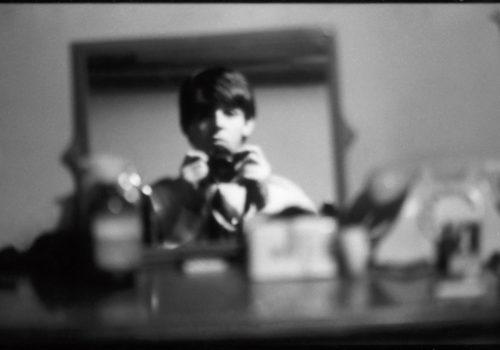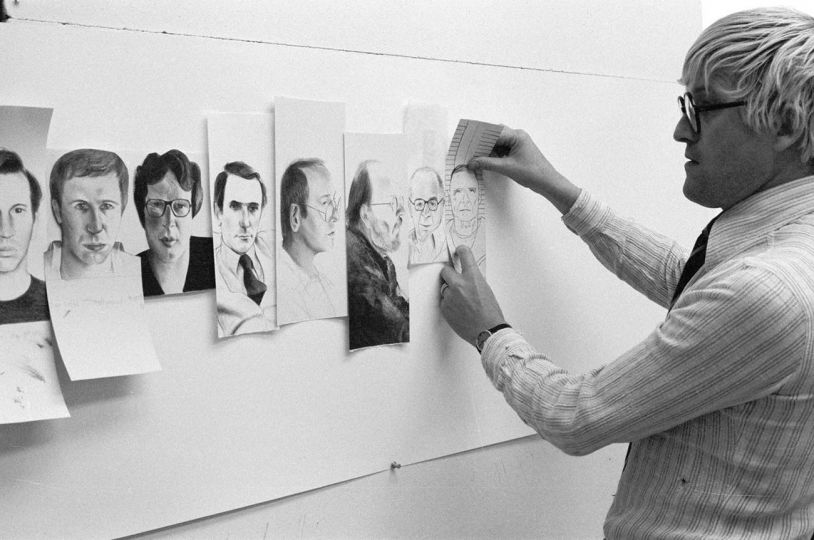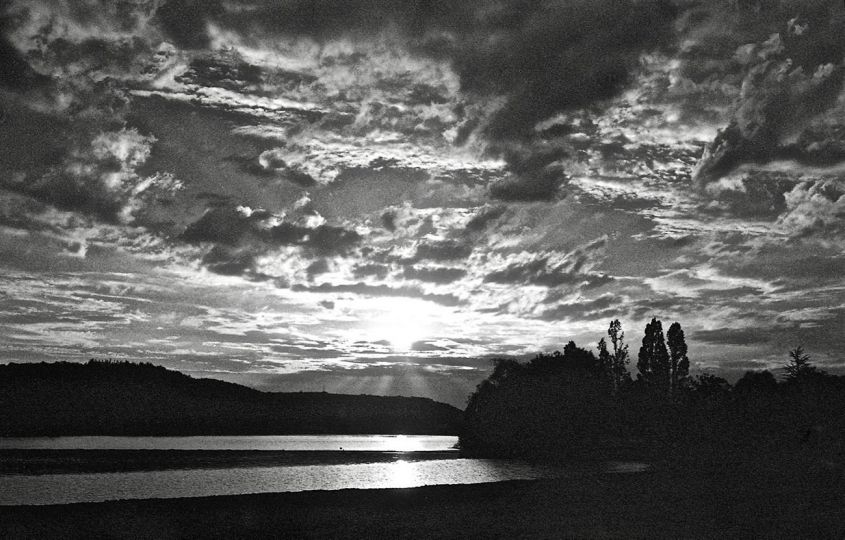Believing in the Beatles by Sean Sheehan
Twelve months before The Beatles released their fourth album in December 1964, Beatles for Sale, they had returned home to Liverpool as part of a UK tour. Then, after a 16-night run in London and three days of rest, they were off to Paris, playing a warm-up show at the Cinéma Cyrano in Versailles followed by a three-week season at l’Olympia that ended in early February 1964. Then came their first flight across the Atlantic and shows in New York, Washington and Miami. They were back in the US in August, playing a 26-date tour, and two months later began another mammoth tour in the UK.
Those twelve months were tumultuous and intensive for the band, a historic period for pop culture and a time that saw Paul McCartney learning to use and become familiar with a 35mm Pentax SLR camera. It was one of a new generation of versatile point-and-shoot cameras and it became a part of his luggage. When a film was developed he would use a chinagraph pencil to mark shots that he liked with a cross on contact sheets – something he may have seen professionals doing – and these would be printed for friends and acquaintances. His work was buried in archives but a selection has now been put together for a book, 1964: Eyes of the Storm, and a related exhibition at the National Portrait Gallery in London.
The images may not be phenomenally interesting as photographs but their documentary value is immense and McCartney is adept at composing moments of time in an incredibly busy period in his life. What makes them important is the soul of the early Beatles that they embody. Paul McCartney, John Lennon, George Harrison and Ringo Starr, young lads steeped in Liverpool’s working-class culture, were full of enthusiasm and joy. Enthused by their escalating success and adulation as a band, they relished their new identity and the sense of freedom and excitement it blessed them with.
The spirit of this comes across in the sleeve notes that were written at the time for Beatles for Sale. When a young person in the future asks about the band, the notes say, ‘don’t try to explain all about the long hair and the screams. Just play the child a few tracks from this album and he’ll probably understand what it all about. The kids of AD 2000 will draw from the music much the same sense of well-being and warmth as we do today.’ A naïve sentiment perhaps but the feeling was authentic, it remains so, and McCartney’s camera gives innocent expression to the new experiences that he and the others were soaking up with youthful spontaneity. When a telegram arrives for them at the George V hotel in Paris, with the news that ‘I Want to Hold Your Hand’ is Number One in the US, McCartney recalls how they ‘ran around the hotel room and screamed and danced.’
The photographs show The Beatles mixing work with play, taken by one of them without a thought of making money from the shots: George is seen taking a nap in the back of a car; John in black glasses with the look of a young Michael Caine; Paris and its street life – bars, cafes, pavement tables – seduces them for what they take as its quintessential Frenchness. The publicity is something they enjoy and shots are taken of their name up in lights at l’Olympia theatre and on posters.
The US was their mecca, the source of the music that inspired them, and going there in 1964 encapsulates the ‘storm’ in the book’s title. They handle the repetitive questions from the media by perfecting wisecracking replies and, becoming tourists and pop stars in the land of their dreams, Paul photographs through car windows because it becomes one of the few spaces open to them. Travelling to Maimi, the sun and light is something new – Liverpool never had this – and McCartney switches to Kodachrome film to capture its impact. Poolside, George Harrison is handed a drink by a woman in a yellow bikini and McCartney fames the scene to maximise colour, human flesh and a moment of the good life they were enjoying.
Everyone believed in The Beatles: when McCartney points his camera at a bevy of press photographers in Miami they forget their function and pose with smiles and raise their hands in welcome; aircraft ground crew spot McCartney at a cabin window and one of them mimes playing a guitar. It was the best of times; the worst was yet to come: break-up, recrimination and, stalking in The Dakota, senseless murder. ‘I don’t believe in The Beatles’ is one of the lines in the devastating anthem of disavowal on the album John Lennon/Plastic Ono Band but in in 1963/64 he and everyone else wholeheartedly did and that is what invests McCartney’s photographs with affect.
Sean Sheehan
Paul McCartney : 1964 – Eyes of the Storm is published by Penguin
















